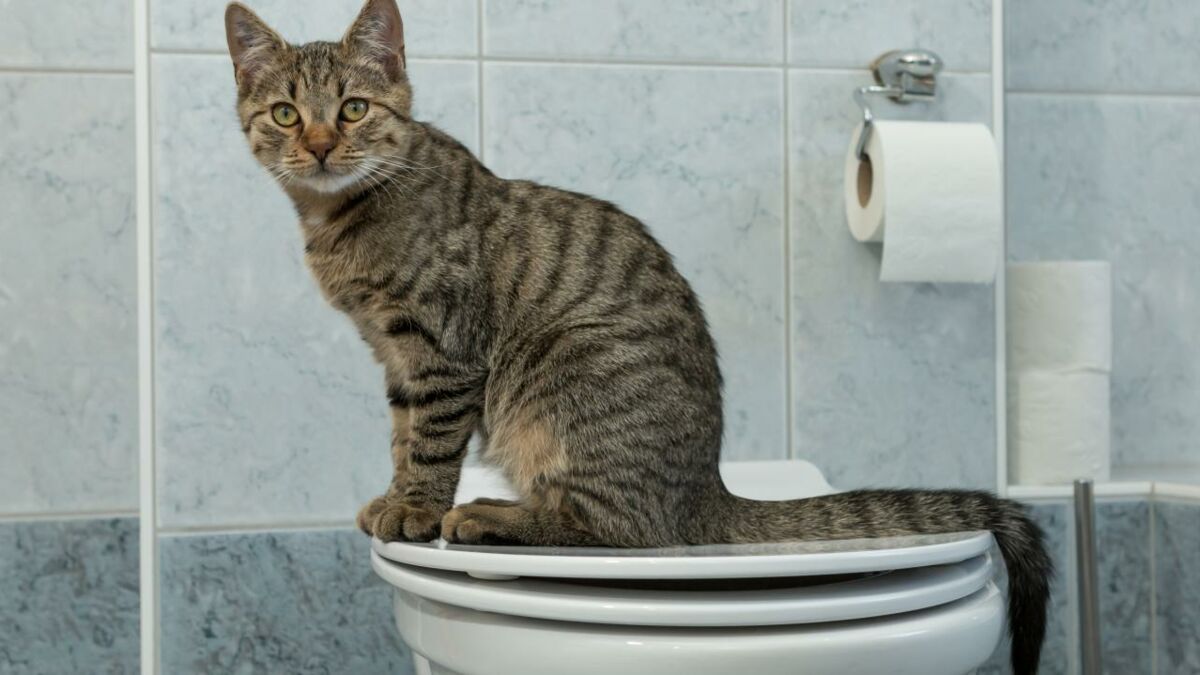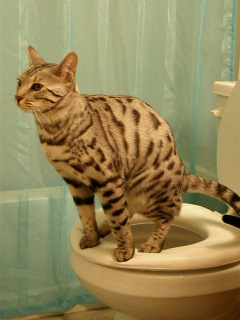Every person will have their personal opinion in relation to How to Dispose of Cat Poop and Litter Without Plastic Bags.

Introduction
As feline proprietors, it's essential to be mindful of how we throw away our feline close friends' waste. While it may seem practical to flush feline poop down the bathroom, this technique can have damaging repercussions for both the atmosphere and human wellness.
Ecological Impact
Purging feline poop presents unsafe pathogens and parasites into the water supply, posing a significant risk to aquatic communities. These contaminants can negatively impact marine life and compromise water top quality.
Health and wellness Risks
In addition to environmental issues, flushing feline waste can also position health threats to human beings. Feline feces may include Toxoplasma gondii, a bloodsucker that can trigger toxoplasmosis-- a potentially severe disease, particularly for pregnant females and individuals with damaged body immune systems.
Alternatives to Flushing
Luckily, there are much safer and much more responsible ways to dispose of pet cat poop. Take into consideration the complying with options:
1. Scoop and Dispose in Trash
The most usual technique of disposing of pet cat poop is to scoop it right into a naturally degradable bag and toss it in the garbage. Make sure to use a committed clutter scoop and dispose of the waste without delay.
2. Usage Biodegradable Litter
Choose eco-friendly cat trash made from products such as corn or wheat. These clutters are eco-friendly and can be safely dealt with in the garbage.
3. Bury in the Yard
If you have a backyard, think about burying pet cat waste in an assigned location away from veggie yards and water resources. Make certain to dig deep adequate to stop contamination of groundwater.
4. Set Up a Pet Waste Disposal System
Invest in a family pet waste disposal system specifically developed for feline waste. These systems utilize enzymes to break down the waste, reducing smell and environmental effect.
Conclusion
Accountable pet possession extends past providing food and sanctuary-- it also includes correct waste administration. By avoiding flushing pet cat poop down the bathroom and going with alternative disposal approaches, we can minimize our ecological impact and safeguard human health and wellness.
Why Can’t I Flush Cat Poop?
It Spreads a Parasite
Cats are frequently infected with a parasite called toxoplasma gondii. The parasite causes an infection called toxoplasmosis. It is usually harmless to cats. The parasite only uses cat poop as a host for its eggs. Otherwise, the cat’s immune system usually keeps the infection at low enough levels to maintain its own health. But it does not stop the develop of eggs. These eggs are tiny and surprisingly tough. They may survive for a year before they begin to grow. But that’s the problem.
Our wastewater system is not designed to deal with toxoplasmosis eggs. Instead, most eggs will flush from your toilet into sewers and wastewater management plants. After the sewage is treated for many other harmful things in it, it is typically released into local rivers, lakes, or oceans. Here, the toxoplasmosis eggs can find new hosts, including starfish, crabs, otters, and many other wildlife. For many, this is a significant risk to their health. Toxoplasmosis can also end up infecting water sources that are important for agriculture, which means our deer, pigs, and sheep can get infected too.
Is There Risk to Humans?
There can be a risk to human life from flushing cat poop down the toilet. If you do so, the parasites from your cat’s poop can end up in shellfish, game animals, or livestock. If this meat is then served raw or undercooked, the people who eat it can get sick.
In fact, according to the CDC, 40 million people in the United States are infected with toxoplasma gondii. They get it from exposure to infected seafood, or from some kind of cat poop contamination, like drinking from a stream that is contaminated or touching anything that has come into contact with cat poop. That includes just cleaning a cat litter box.
Most people who get infected with these parasites will not develop any symptoms. However, for pregnant women or for those with compromised immune systems, the parasite can cause severe health problems.
How to Handle Cat Poop
The best way to handle cat poop is actually to clean the box more often. The eggs that the parasite sheds will not become active until one to five days after the cat poops. That means that if you clean daily, you’re much less likely to come into direct contact with infectious eggs.
That said, always dispose of cat poop in the garbage and not down the toilet. Wash your hands before and after you clean the litter box, and bring the bag of poop right outside to your garbage bins.
https://trenchlesssolutionsusa.com/why-cant-i-flush-cat-poop/

Hopefully you enjoyed reading our article on Can You Flush Cat Poo or Litter Down the Toilet?. Thanks a lot for finding the time to read our article. Are you aware of another individual who is excited about the subject? Please feel free to promote it. I am grateful for your time. Visit again soon.
Schedule Services